Amelie Fau
Model-data-driven constitutive responses: application to a multiscale computational framework
Apr 06, 2021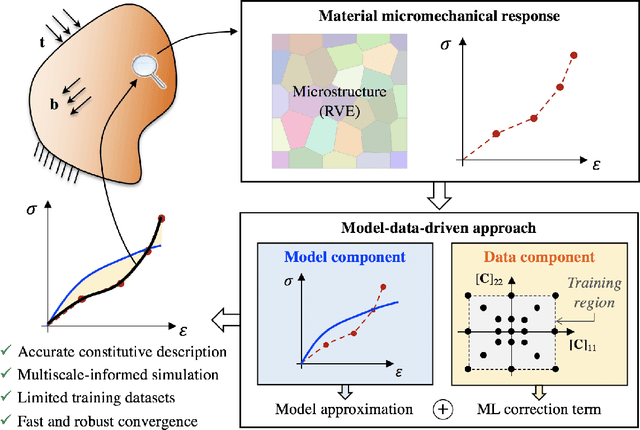

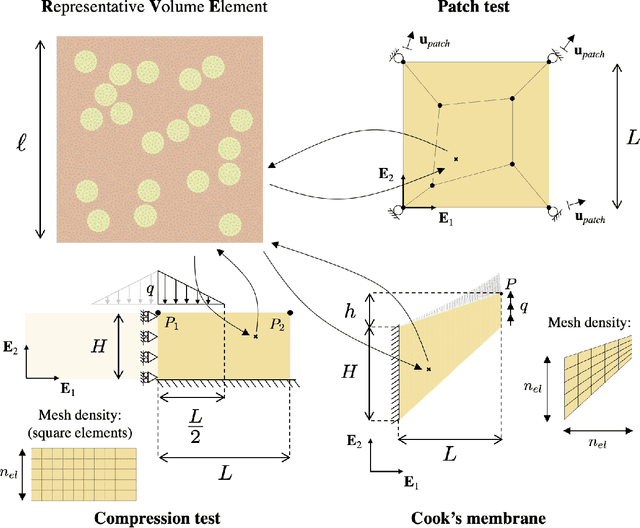
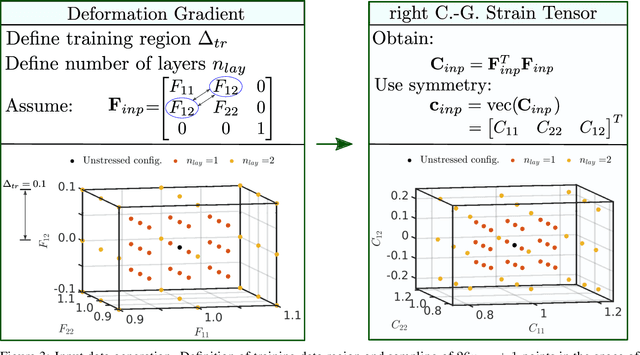
Abstract:Computational multiscale methods for analyzing and deriving constitutive responses have been used as a tool in engineering problems because of their ability to combine information at different length scales. However, their application in a nonlinear framework can be limited by high computational costs, numerical difficulties, and/or inaccuracies. In this paper, a hybrid methodology is presented which combines classical constitutive laws (model-based), a data-driven correction component, and computational multiscale approaches. A model-based material representation is locally improved with data from lower scales obtained by means of a nonlinear numerical homogenization procedure leading to a model-data-driven approach. Therefore, macroscale simulations explicitly incorporate the true microscale response, maintaining the same level of accuracy that would be obtained with online micro-macro simulations but with a computational cost comparable to classical model-driven approaches. In the proposed approach, both model and data play a fundamental role allowing for the synergistic integration between a physics-based response and a machine learning black-box. Numerical applications are implemented in two dimensions for different tests investigating both material and structural responses in large deformation.
An innovative adaptive kriging approach for efficient binary classification of mechanical problems
Jul 02, 2019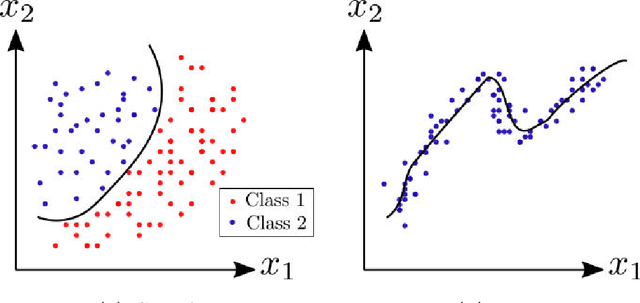
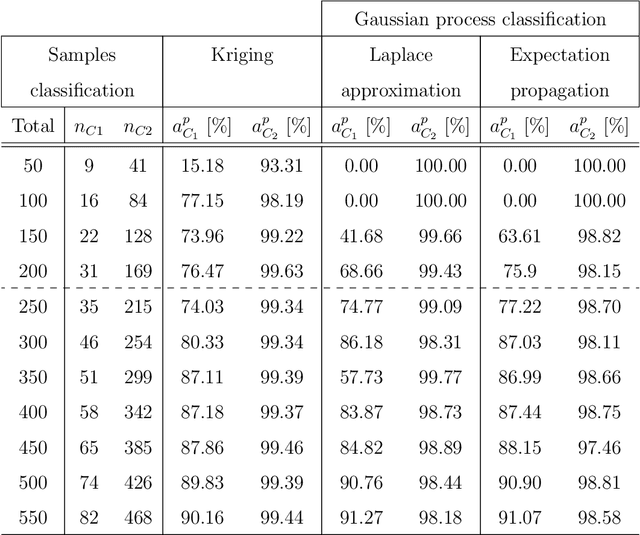
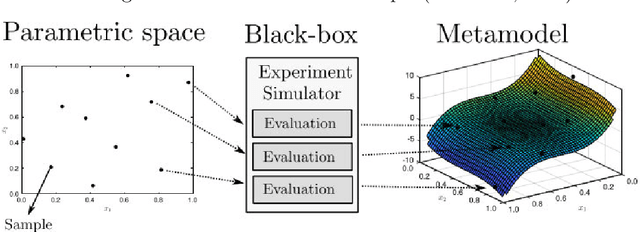
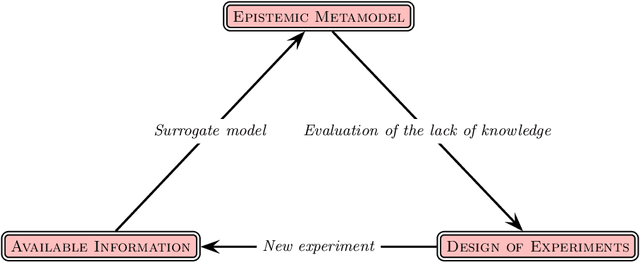
Abstract:Kriging is an efficient machine-learning tool, which allows to obtain an approximate response of an investigated phenomenon on the whole parametric space. Adaptive schemes provide a the ability to guide the experiment yielding new sample point positions to enrich the metamodel. Herein a novel adaptive scheme called Monte Carlo-intersite Voronoi (MiVor) is proposed to efficiently identify binary decision regions on the basis of a regression surrogate model. The performance of the innovative approach is tested for analytical functions as well as some mechanical problems and is furthermore compared to two regression-based adaptive schemes. For smooth problems, all three methods have comparable performances. For highly fluctuating response surface as encountered e.g. for dynamics or damage problems, the innovative MiVor algorithm performs very well and provides accurate binary classification with only a few observation points.
 Add to Chrome
Add to Chrome Add to Firefox
Add to Firefox Add to Edge
Add to Edge